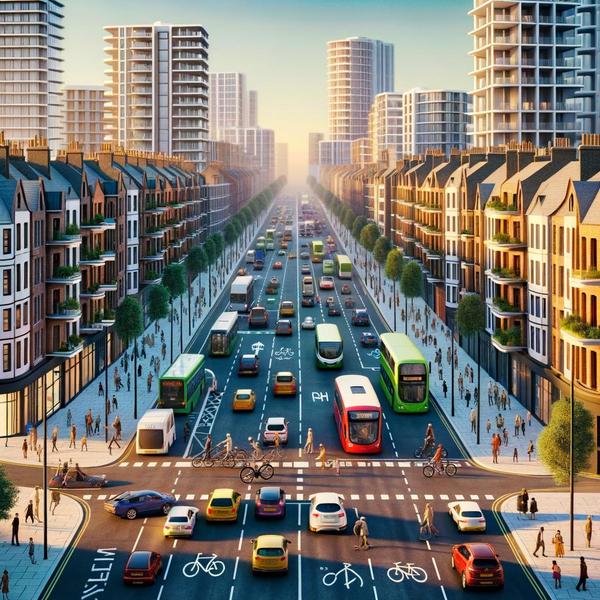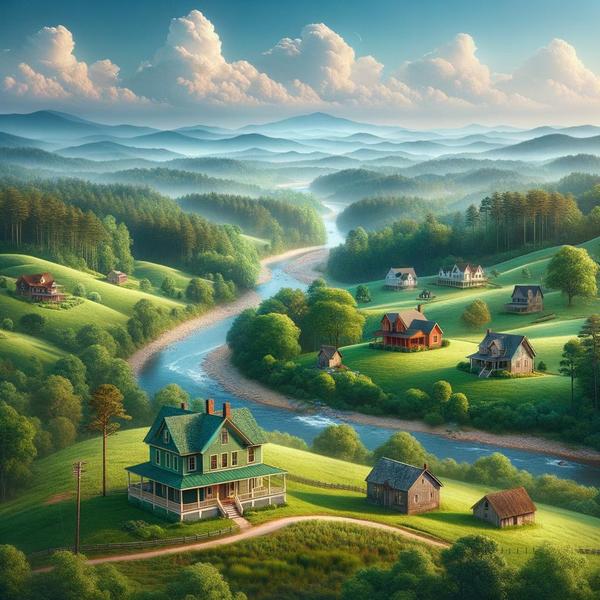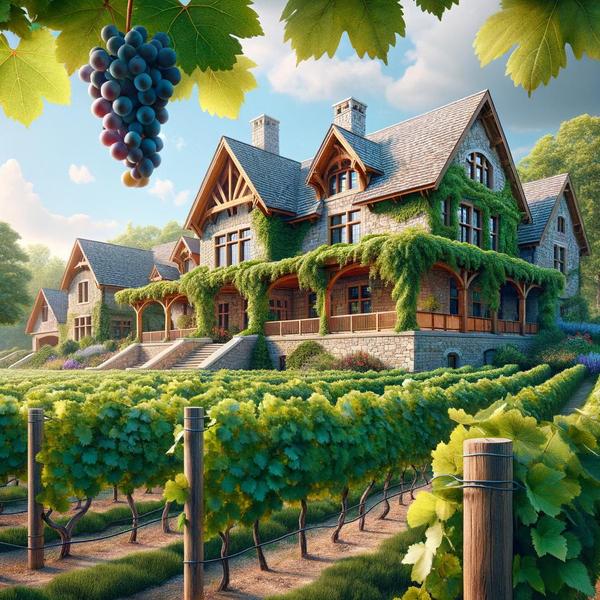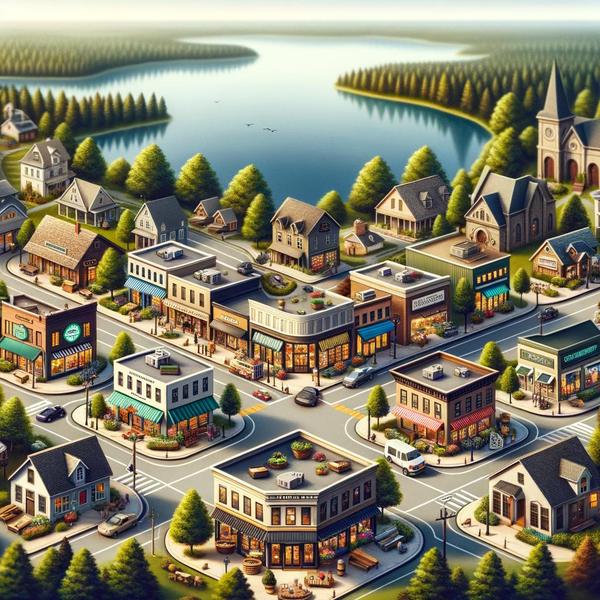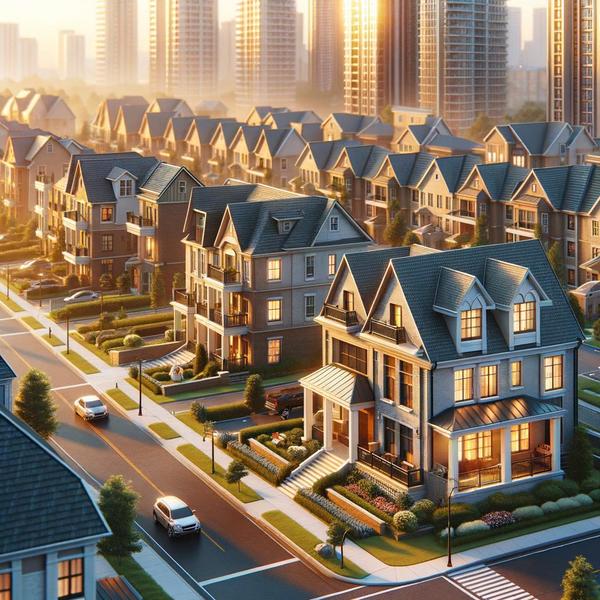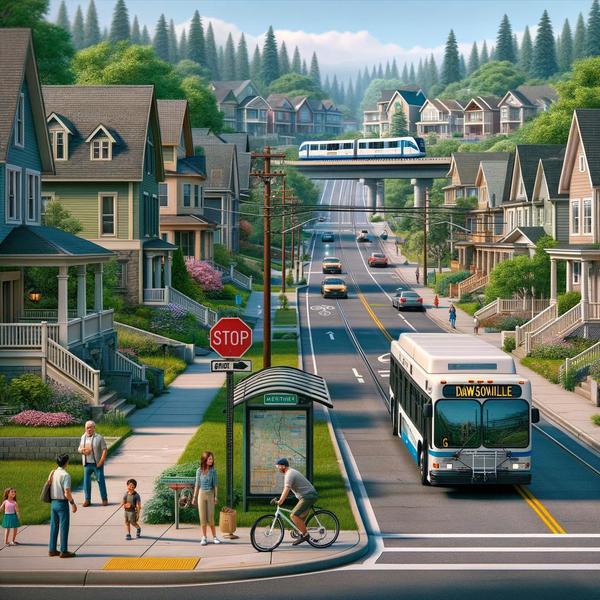
Creating a Pollinator-Friendly Garden in North Georgia
Creating a Pollinator-Friendly Garden in North Georgia Are you eager to transform your outdoor space into a vibrant haven for pollinators in picturesque North Georgia? Follow our expert guide and learn how you can craft a garden that not only beautifies your surroundings but also supports the vital pollinators that our ecosystem relies on so heavily. From bees and butterflies to hummingbirds, we'll help you welcome them all by sharing insights on native plants, landscape design, and sustainable gardening practices. Understanding the Role of Pollinators Pollinators, including bees, butterflies, birds, and even certain species of bats, play a crucial role in the life cycle of many plants. By transferring pollen from the male parts of flowers (anthers) to the female parts (stigmas), pollinators enable plant reproduction, leading to the formation of seeds and fruit. This fundamental ecological service supports plant diversity and agriculture, thus maintaining a balanced ecosystem and ensuring food security for humans and wildlife alike. Benefits of a Pollinator-Friendly Garden Creating a pollinator-friendly garden offers multiple benefits beyond supporting these essential creatures. It contributes to biodiversity, enhances the beauty of your landscape, improves plant productivity, and reduces soil erosion. Additionally, it provides educational opportunities for both children and adults to learn about natural ecosystems, conservation, and sustainable gardening practices. Choosing the Right Plants for North Georgia To create an effective pollinator-friendly garden in North Georgia, it is vital to select plants that are adapted to the local climate and soil conditions. Native plants are typically more resilient and beneficial to local pollinators as they've co-evolved together. Consider including perennials such as Rudbeckia (black-eyed Susans), Asclepias (milkweeds), and Solidago (goldenrods), which are known to thrive in North Georgia's environments. Creating a Welcoming Habitat Ensure your garden is appealing and accessible to pollinators. Incorporate features like a diverse range of flowering plants blooming at different times throughout the year, providing continuous food resources. Include bare patches of soil for ground-nesting bees and arrange stones or logs for shelter. Water sources, such as shallow birdbaths or small ponds, are also desirable, offering hydration and bathing options for birds and insects. Organic Gardening Practices To protect pollinators, it's essential to adopt organic gardening practices. Avoid synthetic pesticides, fertilizers, and herbicides, which can be harmful to beneficial insects. Instead, use compost for enriching soil and introduce beneficial predators like ladybugs to control pest populations naturally. Companion planting, which involves growing certain plants together to support growth and deter pests, can also be highly effective. Designing an Aesthetic Landscape A pollinator-friendly garden need not sacrifice aesthetics. Plan your layout to feature a variety of heights, textures, and colors that appeal to both pollinators and human observers. Use layered planting techniques to create depth, and design paths to draw visitors through the garden, allowing close-up views of the flora and fauna. Clustering similar flowers can amplify colors and scents, further attracting pollinators. Maintaining Your Garden Regular maintenance is key to sustaining a thriving pollinator habitat. Prune dead or diseased branches and remove weeds to minimize competition for resources. Monitor for pest issues and address them promptly using non-toxic solutions. Rotate plantings to prevent disease buildup and encourage soil health. Mulching can help retain soil moisture while suppressing weeds. Supporting Pollinator Conservation Efforts Incorporate conservation efforts into your gardening plans by participating in citizen science projects or joining local environmental groups focused on pollinator protection. Share your garden's journey on social media, and encourage neighbors to adopt similar practices, creating pollinator pathways through your community. These efforts collectively contribute to the larger cause of preserving essential pollinator populations. The Future of Pollinator-Friendly Gardening in North Georgia As awareness of the importance of pollinator species grows, North Georgia has seen a rise in gardens designed with them in mind. These spaces not only reflect an aesthetic commitment to biodiversity but showcase communities taking charge of local conservation efforts. Your pollinator-friendly garden can be part of this important movement, fostering resilience in our ecosystems and securing a greener planet for future generations. Frequently Asked Questions (FAQ) What are some common threats to pollinators in North Georgia? Pollinators face various threats including habitat loss, pesticide exposure, invasive species, and climate change. How can I attract hummingbirds to my garden? Include tubular, red or orange flowers such as trumpet honeysuckle and provide fresh water sources to attract hummingbirds. Is it better to use native plants exclusively? While native plants are generally preferable, integrating some non-invasive, non-native flowers can add diversity and beauty. Which pollinators are most common in North Georgia? Common pollinators include honeybees, native bees, butterflies like monarchs, and hummingbirds. How do I know if pesticides are harmful to pollinators? Research the active ingredients. Opt for organic alternatives and consult extension services for safe practices. By following the steps outlined in this article, you'll cultivate an enchanting and ecologically beneficial garden. Embrace the adventure of creating a pollinator-friendly space in North Georgia, where the buzz of bees, the flutter of butterflies, and the trill of birdsong become a testament to nature's splendor and your role in its preservation.
Categories
- All Blogs (299)
- Achasta Community (1)
- Achasta Golf Community (28)
- Achasta Real Estate (4)
- Amicalola Falls (1)
- Cleveland, GA (9)
- Dacula, GA (7)
- Dahlonega GA (88)
- Dawsonville, GA (4)
- Gainesville, GA (8)
- Gold Peach Realty (5)
- Hall County (1)
- Helen, GA (12)
- Home Buying Tips (16)
- Home Décor And Interior Design (7)
- Home Improvement Tips (14)
- Home Selling Tips (20)
- Homes For Sale (36)
- Lake Lanier, GA (35)
- Land For Sale In Goergia (3)
- Local Events (13)
- Local Guides (14)
- Local Market Reports (3)
- Mortgage And Finance Tips (22)
- North Georgia (1)
- Pollinator-Friendly (1)
- Real Estate Technology And Innovation (2)
Recent Posts
